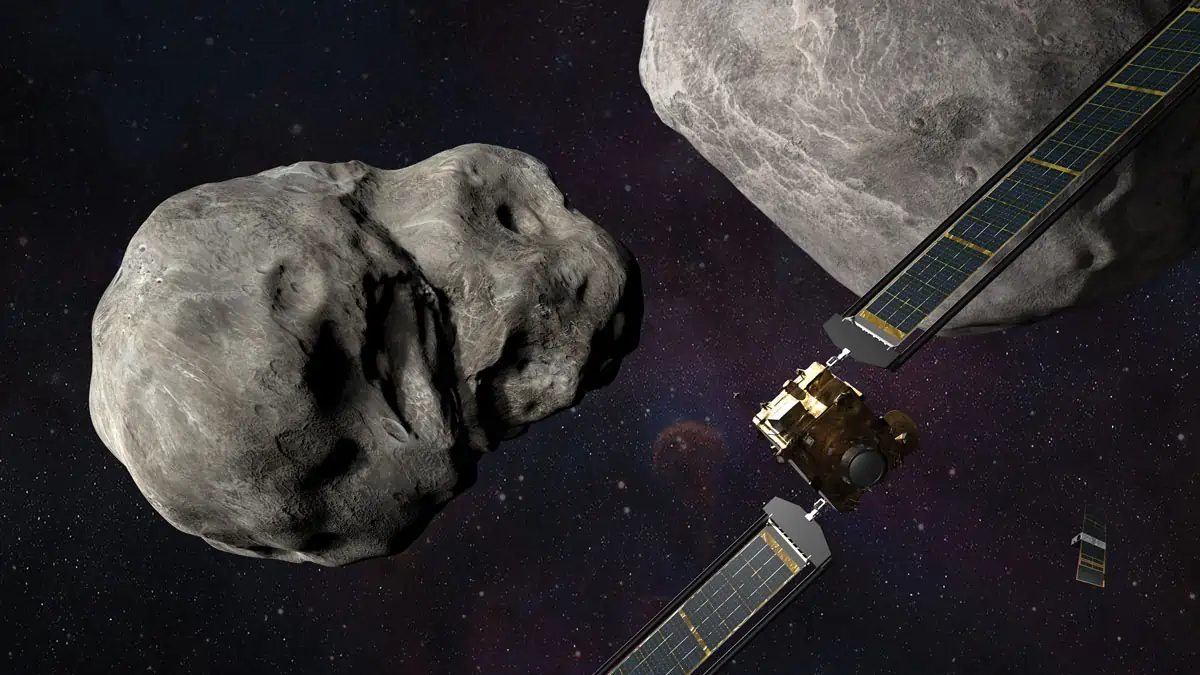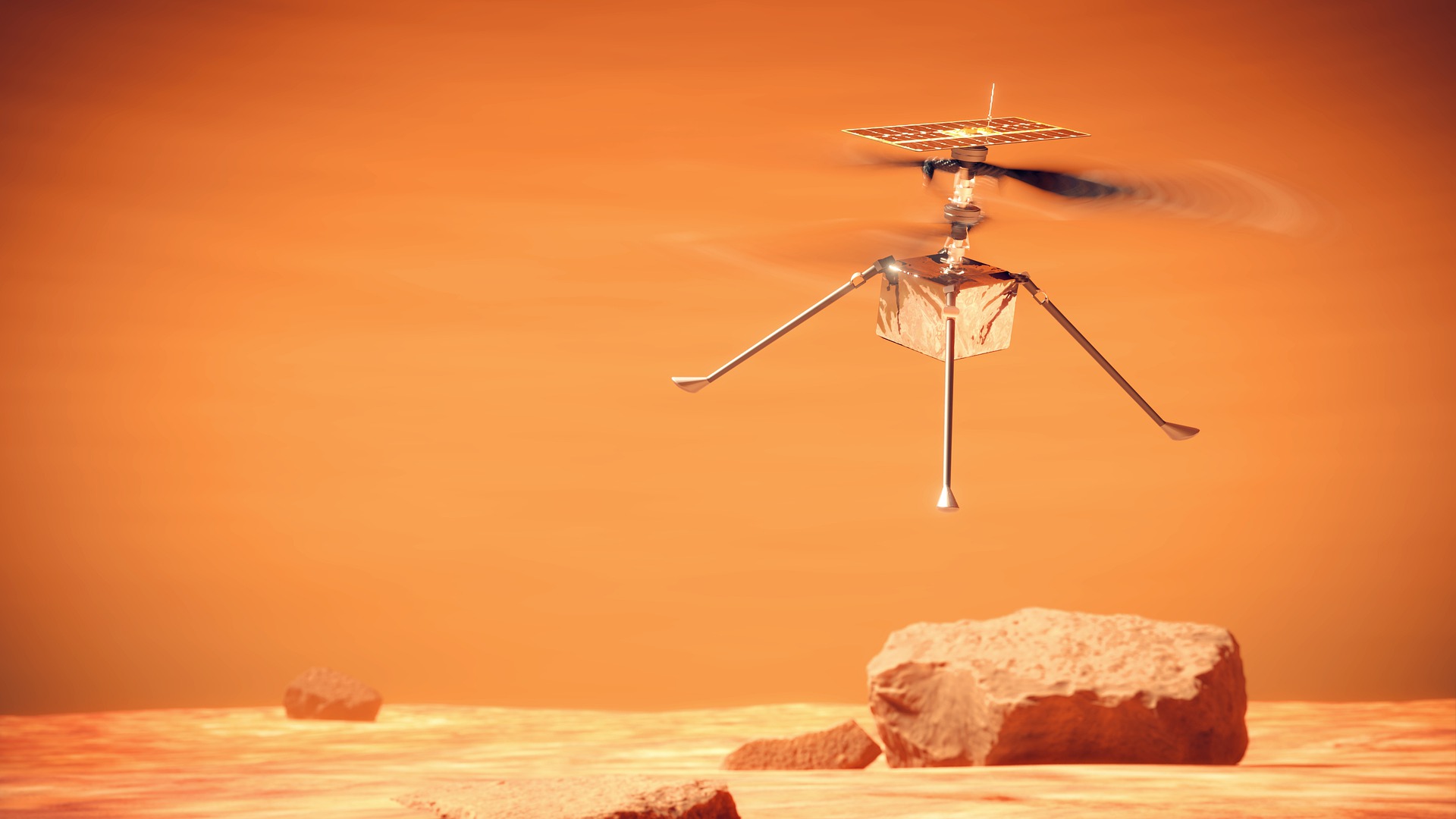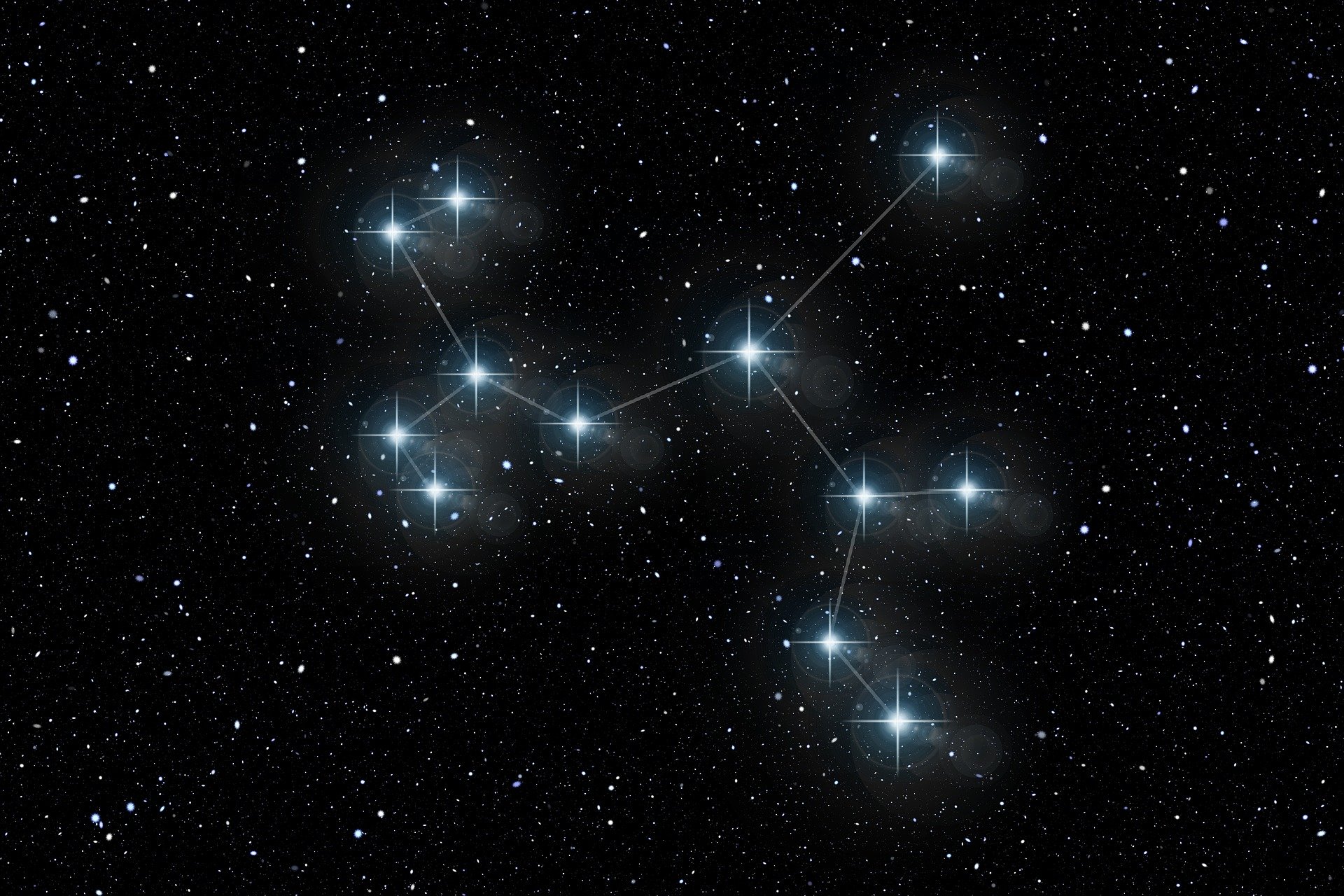NASA is about to try changing the direction of an asteroid first time

Using Double Asteroid Redirection Test (DART) spacecraft, NASA is about to try changing the direction of asteroid Dimorphos, hitting the asteroid’s surface.
NASA is going to crash the US$300 million spacecraft into the Dimorphos’s surface on September 26, when the asteroids come within their astronomically closest range of Earth – around 10.8 million kilometers.
As mentioned in a paper published on Cosmos, DART is the first test of a technique that could help protect Earthlings from hypothetical asteroid impacts.
65 million years ago, an asteroid impact had ended the dinosaurian age. Now, DART is a step towards determining whether deflecting a potentially hazardous asteroid is possible.
Rather than tumbling through space on its own, Dimorphos is actually a baby, itself orbiting a 780-metre wide parent called Didymos.
Dimorphos’ orbit has now been verified by NASA, ensuring DART’s path to collision later this month.
Recalculating Dimorphos’s orbit gives the DART team confidence that there are no further factors influencing its course, such as “radiation recoil” from Didymos’s surface, which may cause the celestial body to move farther away. Dimorphos’s orbit was previously estimated more than a year ago.
It is essential to take into account any potential changes in Dimorphos’ orbit. This ensures that NASA can be sure that any change in trajectory is related to the spacecraft, and the spacecraft alone, when DART contacts to the asteroid’s surface.
NASA used the powerful Lowell Discovery (Arizona, USA) and Magellan telescopes (Atacama, Chile) to make final calculations because the Didymos-Dimorphos asteroid system had been out of telescope range for most of the the past two years.
Related: Can an asteroid be destroyed using missiles?
Nick Moskovitz, an astronomer at the Lowell Observatory says they really have high confidence now that the asteroid system is well understood and they are set up to understand what happens after impact.
After hitting the asteroid as planned, NASA’s astronomers will recommence their observations of Dimorphos’s orbit to determine whether the impact pushed it close to Didymos and shift.
Cosmos is published by The Royal Institution of Australia, a charity dedicated to connecting people with the world of science.
Auto Amazon Links: No products found.



